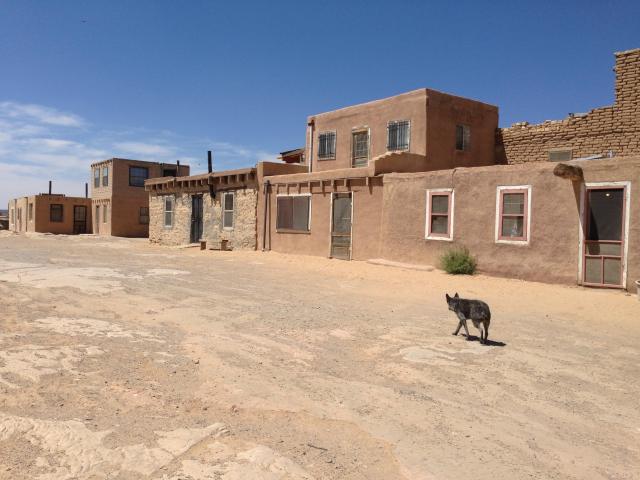Lay summary authored by Emily Lena Jones. Their full paper can be read in Open Quaternary: http://doi.org/10.5334/oq.43
Distinguishing between domestic dogs and wild canids (such as coyotes and wolves) from bone fragments alone is a perennial challenge for zooarchaeologists. The canid remains we recover from archaeological sites could often be either, based on their morphology. For this reason, in recent years archaeologists have turned to methods such as ancient DNA to determine if a canid is domestic or not. The use of ancient DNA in combination with traditional zooarchaeology has vastly increased our knowledge of the relationship between humans and both domestic dogs and wild canids.
At the same time, however, the genetics don’t tell us the whole story of human-animal relationships. We don’t know, based on an individual canid’s genetic makeup, how that animal interacted with humans. If past people treated wild canids in ways similar to how people today treat domestic dogs, this is an important insight as to how they viewed those “wild” animals! Similarly, if past people treated genetically domestic dogs in ways similar to coyotes, this tells us something about how they viewed these so-called “domestic” animals.

In this project, we examined canid remains (some with ancient DNA information available from a prior study) from Arroyo Hondo Pueblo (LA 12), a 14th century site in the northern Rio Grande of New Mexico, to explore these questions. We analyzed bone isotopes from the canids – a way to understand what these animals were eating, and therefore, whether people were feeding them or not – and compared these data to information on the areas from which these canids were recovered. Were the canids deliberately buried, or were their remains scattered? Were they placed in indoor spaces, or were they disposed of in middens or other exterior contexts? Our results show that the designation of “dog” via ancient DNA did not, at Arroyo Hondo, always correspond with the preferential treatment that we expected for a domestic animal. Similarly, in at least one case an animal identified as a coyote by its ancient DNA seems to have been fed by humans and was buried in a way suggestive of a domestic animal.
The findings from Arroyo Hondo suggest that genetic designations of “domestic” and “wild” canids may not reflect how the inhabitants of Arroyo Hondo saw these animals.
Full paper: Monagle, V., Conrad, C. & Jones, E.L., (2018). What Makes a Dog? Stable Isotope Analysis and Human-canid Relationships at Arroyo Hondo Pueblo. Open Quaternary. 4(1), p.6. DOI: http://doi.org/10.5334/oq.43

